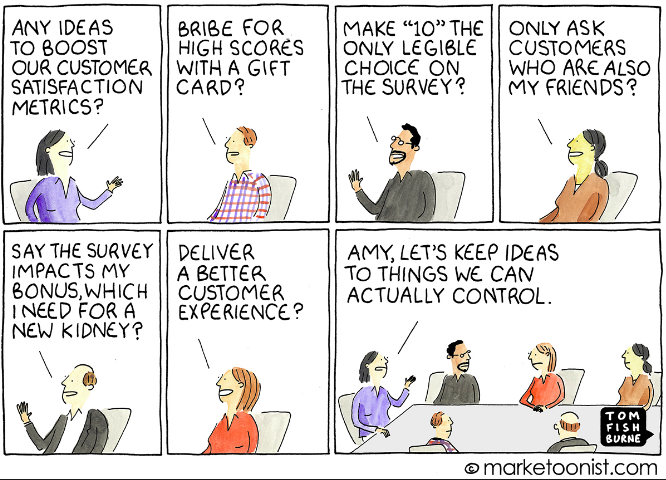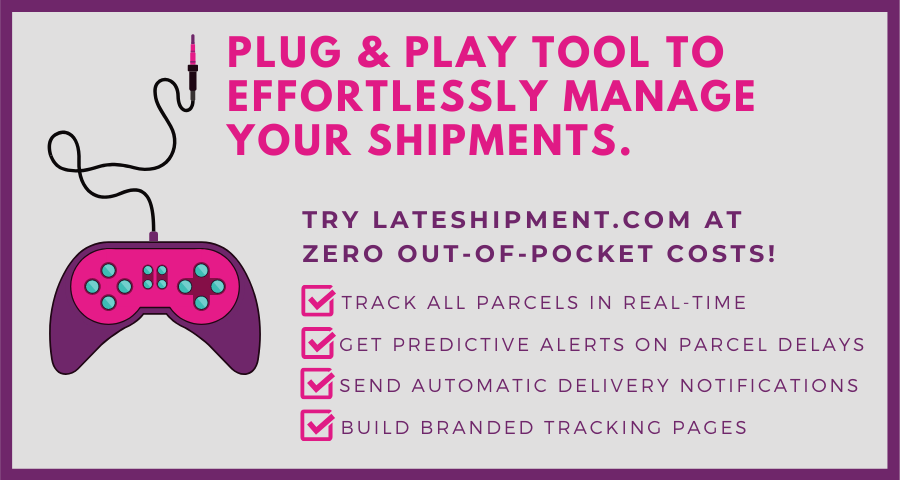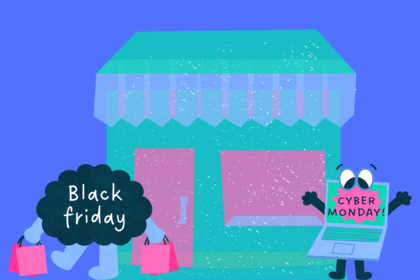Shipping is the most important factor in any online shopper’s decision criteria. Providing quick deliveries at the location and time of choice with a variety of payment options is a must in the modern world of online retail. Flexibility and convenience are key.
When not enough delivery options are provided, a shopper may decide to shift over to a competitor who provides them.
While providing flexible delivery options is non-negotiable in ensuring online shoppers checkout of your store rather than a competitor’s, the quality of the post-purchase experience you offer determines whether your customers will stay with you. In this article, we will look at why last-mile customer satisfaction is crucial and explore the best way to measure it.
Online Shoppers are a Vocal Lot
They do not hesitate to write poor reviews on the social media channels of a business or on review sites if faced with parcel delays or losses. These reviews have the insidious effect of dissuading potential customers from shopping at an online retail store.
Over 90% of customers read reviews before making an online purchase.
If you are learning about the delivery issues your customers are facing after the fact, then it is already too late to resolve these situations. The damage is already done, and retention will take a hit.
Thankfully, there are definite measures you can take in the last mile to ensure customer satisfaction, but before that, let’s gain an understanding of why customer satisfaction takes a hit in the post-purchase phase.
Why Customer Satisfaction Takes a Hit in the Post-Purchase Phase
1.Loss of Last-Mile Control to a Third-Party Shipping Partner
Most businesses outsource the delivery process to a shipping carrier like FedEx, UPS, or DHL. This creates a situation where control over customer experience is ceded to a third party.
To a shipping carrier, a parcel from your business is but one among the millions that are transported daily. There is no incentive for them to provide YOUR customer a better delivery experience than other customers. So, even if you’ve worked hard to provide the customer a memorable shopping experience until checkout, there’s still the risk that the delivery experience may be underwhelming.
2.Shipping-Carrier Deliveries are Often Error-Prone
Though shipping carriers tout a near-perfect on-time delivery record, the truth is not as rosy. 6–8% of shipments routinely end up being delivered late. Some parcels even end up being lost in transit.
The delivery phase is error-prone as it depends on variables like the weather, manpower at sorting facilities, etc. Add to this the fact that shipping carriers are challenged by the rapid increase in the volume of online orders. This creates a situation where customers are set up for failure from the get-go.
3.Lack of Visibility into Shipping Carrier Operations
Shipping carriers are notoriously opaque with information on service failures at their end.
It is common practice for carriers not to update their parcel tracking pages with details on exceptions because doing so is not in their own best interest.
Consequently, customers are often in the dark about the real status of their parcels. Anxiety about parcel whereabouts and frustration over the delivery experience leading to an increased volume of WISMO (Where Is My Order) calls results.
With all the challenges the last mile poses, it is still possible to reap rewards from this part of the customer journey if the customer satisfaction deficit is addressed using an independent third-party tool that allows you to manage delivery experiences.
Why There is a Need for a Third-Party Solution to Amplify Last-Mile Customer Satisfaction
1.Measure the Quality of the Delivery Experience You Offer Customers
It is incumbent upon you to use metrics to monitor the performance of various business processes across your retail value chain. After all data is crucial to measure your effectiveness (or otherwise) in providing customers a great post-purchase experience.
A third-party Delivery Experience Management (DEM) solution can help identify where you need to up your game in the post-purchase phase. For example, whether you need to increase your level of engagement through sending automated updates is a call you can take using the data gleaned from a third-party DEM solution.
2.Identify Which Carriers & Service Types are Failing You
Since shipping carriers seldom provide sufficient insight into why a parcel was delayed, using an independent third-party tool can provide that information. A delivery experience management solution can provide you unbiased insights into which service types & shipping carriers you use are failing you and your customers. The beauty of the solution lies in the fact you can gain a bird’s-eye-view across carriers or get granular to the level of a single package.
3.Identify Time & Weather Windows When Issues Arise
One notable benefit of a third-party Delivery Experience Management solution is its ability to help discern last-mile trends. For instance, using such a solution, you can identify specific time and weather windows when issues repeatedly arise and work on being prepared to handle them when the need arises.
4.Increase Customer Retention & Lifetime Value
Using a delivery experience management solution can help you retain customers and boost customer lifetime value (CLV). This is crucial, especially because it costs at least 5–7 times more to acquire a new customer than to retain an existing one. A quality DEM suite can help you make a positive impression on a customer and show them you have their back at a time when they may be anxious.
it costs at least 5–7 times more to acquire a new customer than to retain an existing one.
5.Reduce the Volume of WISMO Calls
A quality DEM solution can help reduce the volume of WISMO (Where Is My Order) calls your Support team has to field. It ensures your customers receive regular email & SMS updates and never have to be in the dark about parcel whereabouts. It frees up your Support team to focus on resolving product-specific issues.
While it is a no-brainer that customer satisfaction is a must-have for a retail business like yours to keep customers returning as repeat buyers, it makes sense, at this point, to take a critical look at two metrics commonly used to measure customer satisfaction: CSAT and NPS.
The Limitations of Measuring Customer Satisfaction Only Through CSAT & NPS
Since we inhabit an experience economy where customer experience is a competitive differentiator, measuring how well the expectations of shoppers are met is critical. Listening closely to the vital signals that come from customers, even after a product has been delivered is how this is done.
You’re probably already collecting customer satisfaction data through CSAT scores and NPS surveys.
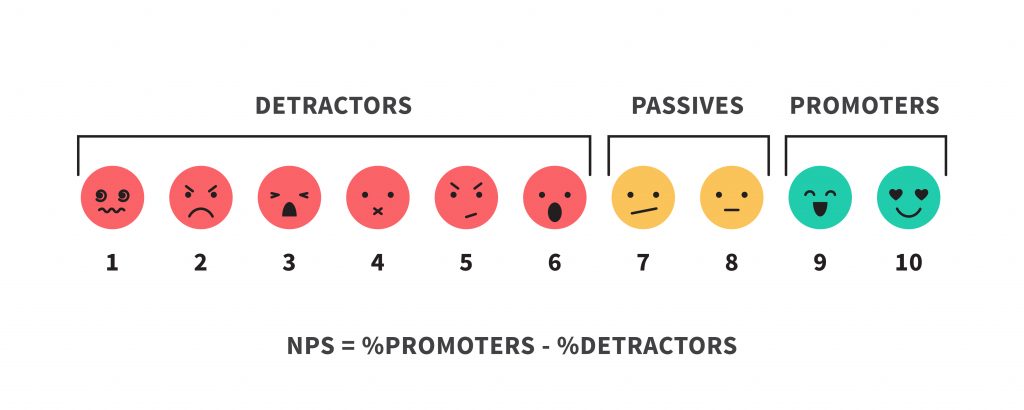
While these methods provide an idea of how satisfied your customers are and how likely they are to recommend your brand to others, they have 2 major limitations:
1.CSAT & NPS Do Not Measure Customer Signals in the Post-Checkout Stage
CSAT and NPS are designed to measure customer sentiment in the pre-purchase and post-delivery stages. However they do not measure customer satisfaction in the post-purchase stage. This leaves a gap in the understanding of customer sentiment as both metrics ignore a critical, error-prone stage of the logistics cycle.
2.CSAT & NPS Do Not Provide Insights on When Issues Arise or When Exactly Customers Feel Let Down
While CSAT & NPS give an idea of customer sentiment, they don’t provide clarity on when exactly customers feel let down by your business. They don’t pinpoint specific instances when issues arise. This creates a situation wherein your business could be in the dark about which issues to address and when despite making use of CSAT and NPS.
The shortfalls of the CSAT and NPS systems make it incumbent upon businesses like yours to have a system in place to measure the quality of deliveries.
DSAT Score: A Brand New Metric to Measure Delivery Experience Quality
We at LateShipment.com have pioneered a new system that can help you gain a clear view of what your customers feel about the quality of delivery experience you offer.
We are pleased to introduce the DSAT scoring system.
The DSAT scoring system is designed to give an unbiased view of customer sentiment about the quality of delivery experience you offer.
At its heart, this is a surprisingly simple system that allows your customers to rate their delivery experiences on a scale of 1–5.
It’s filled with benefits aplenty for your retail business. It lets you:
1.Provide Customers an Opportunity to Give Feedback on Delivery Quality
The DSAT system lets you listen to customer voices and gain an unbiased idea of what they think of their order delivery experience. It places you in a position to take last-mile decisions that are bound to delight your customers.
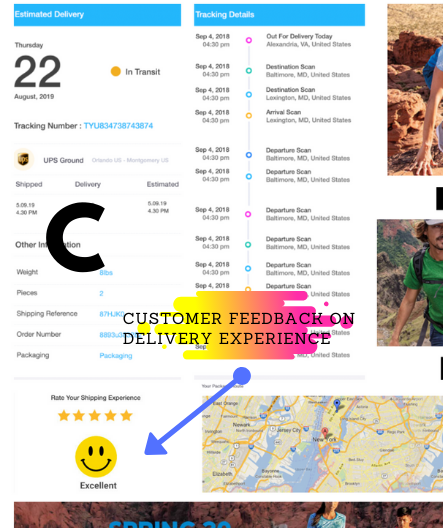
2.Hold Your Shipping Carrier Accountable for Service Failures
Despite their claims to the contrary, shipping carriers like FedEx and UPS generally have a delay rate of 6–8%. The DSAT system allows you to know how their real performance impacts your customers. After all, with data in hand, it becomes easier to hold them to account on their SLAs.
3.Measure Post-Purchase Customer Experience on Par with Pre-Checkout Customer Experience
While most businesses place a great deal of emphasis on the onsite experience they offer their customers, the post-purchase phase is inevitably neglected. While CSAT and NPS provide an idea of customer sentiment in the pre-checkout stage, DSAT can help shine a light on the quality of your post-purchase phase.
4.Protect Your Brand's Reputation in the Last Mile
Despite the fact that the last mile is generally outsourced to shipping carriers, most shoppers still tend to pin the blame for delivery delays on retail businesses like yours. The DSAT system helps protect your brand’s reputation from negative feedback and isolates problems outside your organization from those within. It lets you identify aggrieved customers and do right by them.
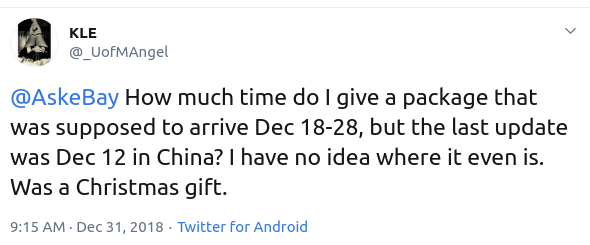
5.Identity Which Areas of Your Logistics Operation Need Attention
The feedback mechanism that the DSAT system provides allows you to unambiguously identify which areas of your logistics operation need attention in order to allay customer concerns.
How You Can Get Started Amplifying Costumer Satisfaction in the Last Mile
Improving customer satisfaction in the last mile is an important challenge to solve as it translates to increased retention and profits.
Here are some ways your retail business can boost customer satisfaction in the last mile:
1.Get Actionable Post-Purchase Insights Using a Third-Party Solution That Provides Visibility into Shipping Carrier Delivery Performance
A quality Delivery Experience Management (DEM) solution can help your business measure the actual performance of your shipping carrier and hold them accountable. It can provide real-time visibility into their operations from the standpoint of delays and service types. If you use multiple shipping carriers for fulfillment, such a solution can help compare them and identify where your service level agreements (SLAs) are not being delivered upon.
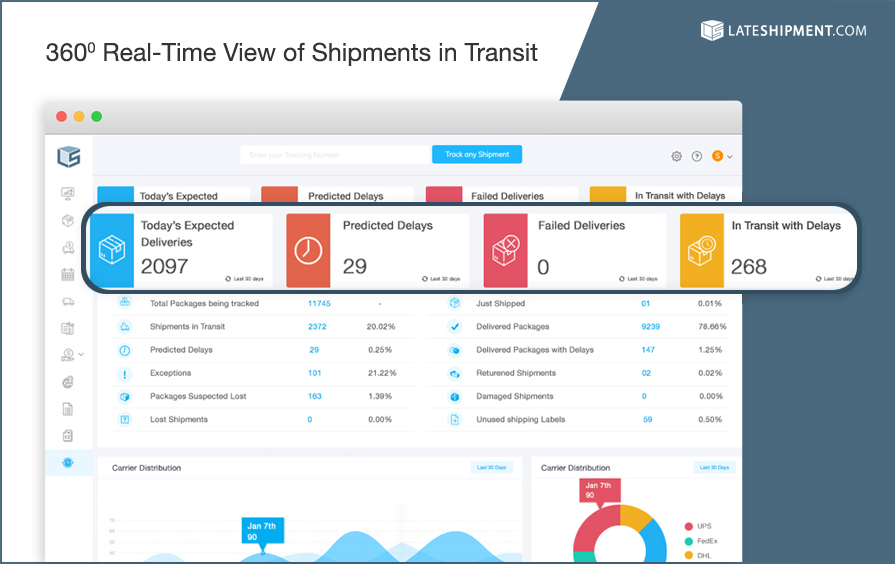
2.Be Proactive in Identifying Delivery-Related Customer Issues and Take Appropriate Action to Mitigate Customer Pain
If you’re learning about delivery delays from customers, it’s already too late to remedy the situation. You need to be proactive in identifying possible delays and address them before customer impact. While this may seem a challenge for businesses that ship at scale, an automated algorithm with predictive capabilities can help your customer-facing teams do just that.

3.Meaningfully Engage With Customers Across the Delivery Lifecycle of an Order
One of the most effective ways to increase customer satisfaction in the post-purchase phase is to engage with them consistently as they await their parcels. Sending automated status updates and providing an easy, on-brand tracking experience are ways to do this.
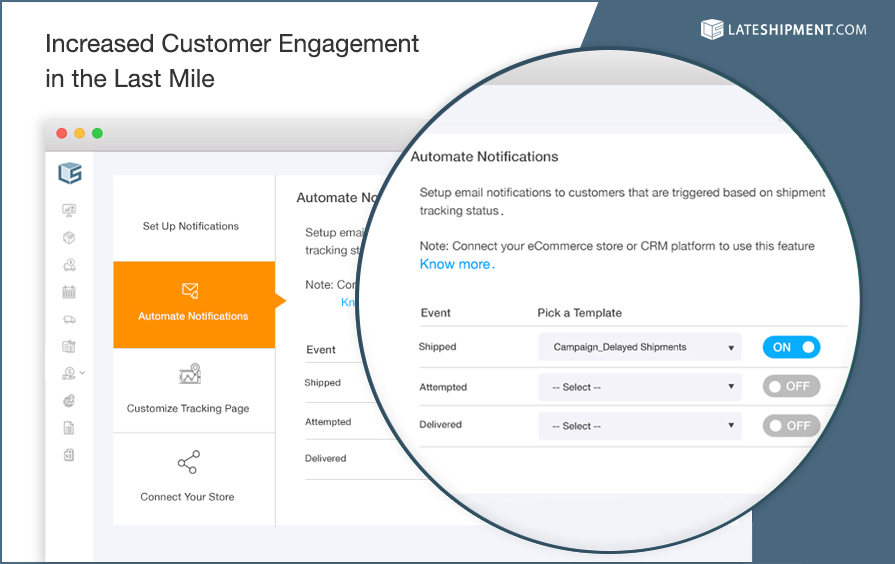
4.Get Feedback From Customers About Deliveries and Take Action as Needed
A business that listens to customer voices and makes changes as required is one that reaps the rewards of increased retention and lifetime value. Make sure to provide customers an avenue by which to provide feedback on the quality of deliveries, and have a rating system in place. LateShipment.com’s pioneering DSAT scoring system allows you to do just that.
LateShipment.com's Delivery Experience Management (DEM) Platform: A Win for Your Last Mile
In spite of the sky-high costs, tedious process, and accumulated complications, last-mile delivery will always remain the decisive leg of the supply-chain process.
At LateShipment.com, our focus has remained steadfastly on the last mile, typically the part of the logistics chain that is the most opaque.
LateShipment.com is the world’s only logistics cloud tool that helps businesses of every size reduce shipping costs by up to 20% and provide memorable delivery experiences to customers at scale.
The best part is, it takes less than 2 minutes to see LateShipment.com in action.
COVID-19 Note: To help tide over the current crisis, we are giving all businesses full and free access to our Delivery Experience Management Platform till June 30, 2020.
The value we add to businesses is most evident when experienced first-hand.
It’s that simple!

